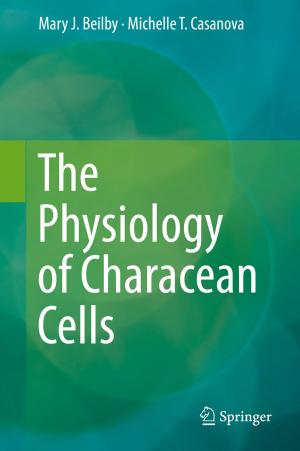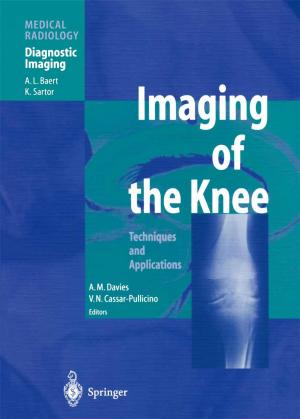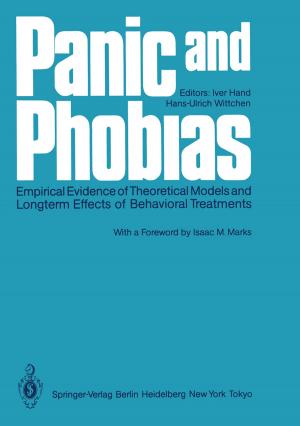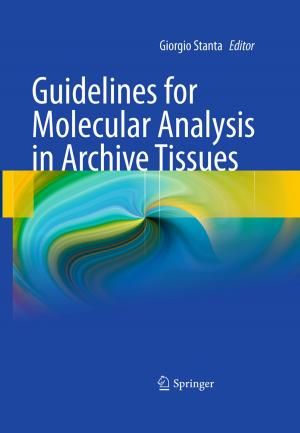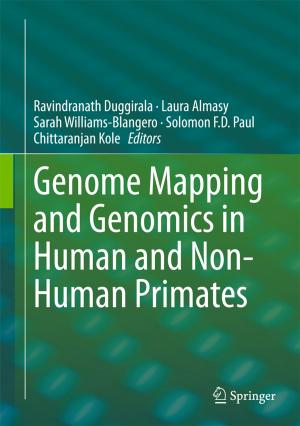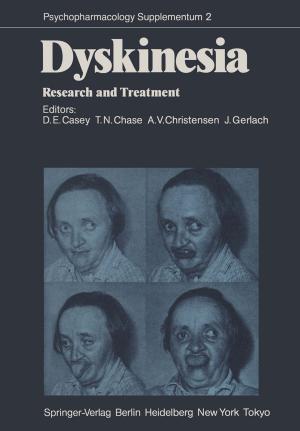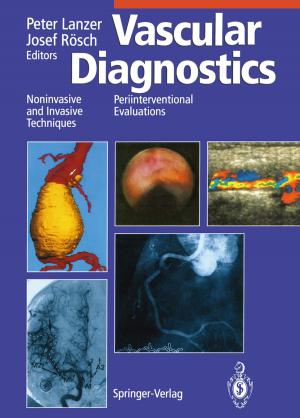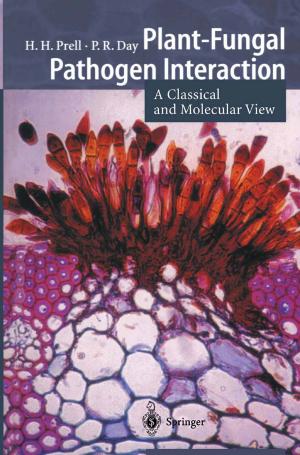The Neuroendocrine Leydig Cells and their Stem Cell Progenitors, the Pericytes
Nonfiction, Health & Well Being, Medical, Reference, Research, Specialties, Internal Medicine, Endocrinology & Metabolism| Author: | Ralf Middendorff, D. Müller, Adolf F. Holstein, Michail S. Davidoff | ISBN: | 9783642005138 |
| Publisher: | Springer Berlin Heidelberg | Publication: | July 15, 2009 |
| Imprint: | Springer | Language: | English |
| Author: | Ralf Middendorff, D. Müller, Adolf F. Holstein, Michail S. Davidoff |
| ISBN: | 9783642005138 |
| Publisher: | Springer Berlin Heidelberg |
| Publication: | July 15, 2009 |
| Imprint: | Springer |
| Language: | English |
cells, and the testicular localization of the intermediate filament protein nestin, known to be expressed in neural stem cells, by our group was the first step to define mural cells (pericytes and vascular smooth muscle cells) of the testis microvascu- ture as the stem/progenitor cells of the adult Leydig cells. In summary, we were able to demonstrate specific proliferation of vascular progenitors and their subsequent transdifferentiation into steroidogenic Leydig cells, which – in addition – rapidly acquire neuronal and glial properties. Since both newly developed fetal and adult Leydig cell populations show the same features, a common origin of both popu- tions seems likely. Pericytes are distributed throughout the body, and there is convincing evidence for their stem/progenitor cell properties in diverse organs. Under appropriate (locally defined) conditions these pericytes, which reside in the vascular stem cell niche as dormant stem cells, become activated, proliferate, migrate and differentiate towards different somatic cell types of the body. Since most mesenchymal stem/ progenitor cell types exhibit essential similarity to pericytes and certain mesenchymal stem cells represent pericyte descendants, we propose that mesenchymal stem cells in the perivascular niche are daughter cells of pericytes. Thus, pericytes are promising candidates for ancestor cells of all adult stem cells in the organism. There is strong evidence that early stem cells (cells arising during embryogenesis), such as the pericytes, exhibit both mesodermal and neural progeny, which might explain the neuroendocrine properties of the Leydig cells.
cells, and the testicular localization of the intermediate filament protein nestin, known to be expressed in neural stem cells, by our group was the first step to define mural cells (pericytes and vascular smooth muscle cells) of the testis microvascu- ture as the stem/progenitor cells of the adult Leydig cells. In summary, we were able to demonstrate specific proliferation of vascular progenitors and their subsequent transdifferentiation into steroidogenic Leydig cells, which – in addition – rapidly acquire neuronal and glial properties. Since both newly developed fetal and adult Leydig cell populations show the same features, a common origin of both popu- tions seems likely. Pericytes are distributed throughout the body, and there is convincing evidence for their stem/progenitor cell properties in diverse organs. Under appropriate (locally defined) conditions these pericytes, which reside in the vascular stem cell niche as dormant stem cells, become activated, proliferate, migrate and differentiate towards different somatic cell types of the body. Since most mesenchymal stem/ progenitor cell types exhibit essential similarity to pericytes and certain mesenchymal stem cells represent pericyte descendants, we propose that mesenchymal stem cells in the perivascular niche are daughter cells of pericytes. Thus, pericytes are promising candidates for ancestor cells of all adult stem cells in the organism. There is strong evidence that early stem cells (cells arising during embryogenesis), such as the pericytes, exhibit both mesodermal and neural progeny, which might explain the neuroendocrine properties of the Leydig cells.

